Ho Chi Minh City: A 22-year-old girl who was bedridden due to a 6cm brain tumor compressing her motor nerves was able to walk after surgery using a new generation robot after 3 days.
Ms. Pham Thi Thu Trang ( An Giang ) got sick 6 years ago. Initially, she had headaches and numbness in her limbs. Then she had difficulty swallowing, nausea, dizziness, and difficulty walking. The condition became increasingly worse.
The patient had been examined at major hospitals, and doctors diagnosed the brain tumor in an important and dangerous location, so they did not dare operate.
For the past 6 years, Ms. Trang has been in the hospital more than at home, her limbs are weak, and she has difficulty walking. 6 months before being treated at Tam Anh General Hospital, she was completely paralyzed, lying in one place, lethargic, choking, unable to eat or drink, and lost a lot of weight...
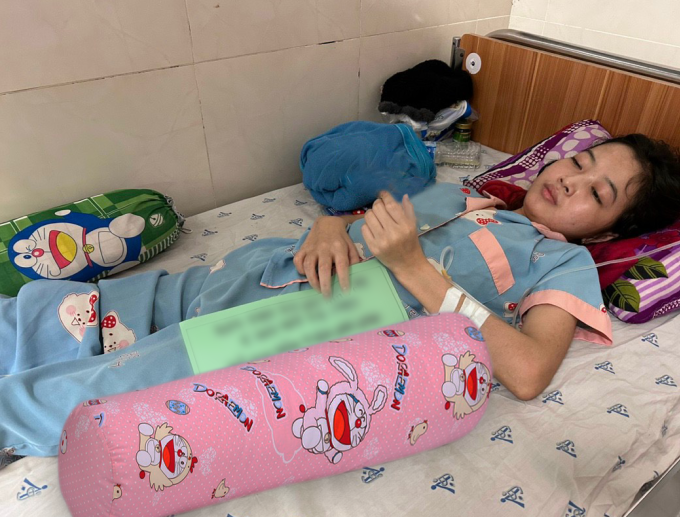
Ms. Thu Trang was paralyzed before surgery. Photo: Patient provided
Master, Doctor, Specialist II Chu Tan Si (Head of Neurosurgery Department, Neurology Center, Tam Anh General Hospital, Ho Chi Minh City) reported on the successful surgery with the first new generation brain surgery robot in Vietnam, at the seminar "Application of artificial intelligence in medicine ", held at Tam Anh General Hospital, Ho Chi Minh City, on May 28.
The tumor, about 6x5 cm in size, in the patient's brainstem compressed the motor nerve pathway, a very difficult location for surgery, easily damaging post-operative nerve functions. If surgery was performed using traditional methods, it would be difficult to assess and preserve the nerve fiber bundles. Just one small mistake could result in permanent paralysis or death of the patient.
Dr. Tan Si added that thanks to the Modus V Synaptive brain surgery robot system, which has many advantages over traditional methods, the team decided to perform surgery, hoping to help the patient walk again. This is a modern robot system in the field of neurosurgery in Vietnam. Currently, there are 10 countries applying this robot, mostly in Europe and the US. In Vietnam, Tam Anh General Hospital in Ho Chi Minh City is the first unit to apply the new generation Modus V Synaptive robot.
The robot allows doctors to clearly see the nerve conduction bundles around the tumor on the same image thanks to the ability to harmonize MRI, DTI, CT, DSA... At the same time, set up 3D simulation surgery on specialized software. This is a difference that traditional techniques and machines cannot do. The doctor proactively chooses the location to open the skull, chooses the safest approach to the tumor (from the back of the neck to the cerebral cortex and brainstem), ensuring that nerve fiber bundles are not violated or severed and minimizing the impact on surrounding healthy brain tissue.
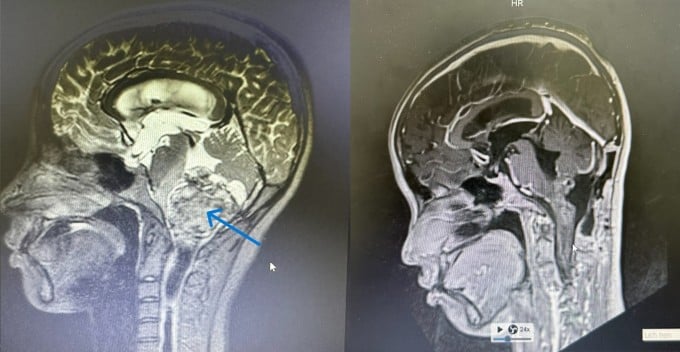
Image of the tumor in the brainstem (left) and after the tumor was surgically removed (right). Photo: Provided by the hospital
"During the actual surgery, we continue to be closely monitored by the robot. If the access path and surgical instruments tend to deviate, the robot warns us with green, yellow, and red light signals like traffic lights. Thanks to that, the surgeon is confident with the operations," said Dr. Tan Si.
After 4 hours, the team removed all the tumor from the patient's brain. Thu Trang regained consciousness, responded well, and her perception improved. 3 days after surgery, the patient practiced physical therapy, was able to walk, and was discharged after 7 days.
The patient can now walk, do daily activities, eat and drink on his own and no longer chokes. Doctor Tan Si said that the patient will recover even better in the future.
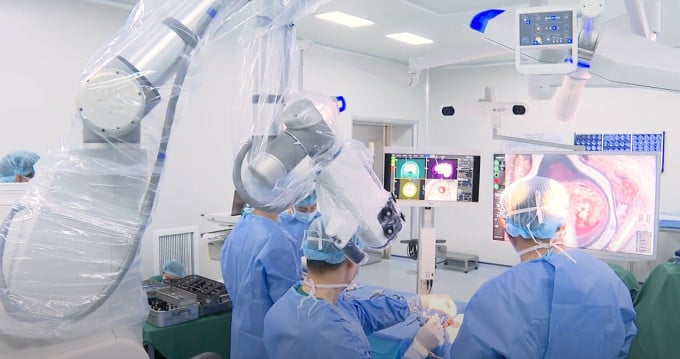
Surgeons performed the surgery using a robot. Photo: Provided by the hospital
"During 6 years of medical examinations, the doctor said the tumor was in a dangerous place causing paralysis, I thought my child would surely pass away. My son and I did not know where to put our hope anymore, we did not believe that he would survive. After the surgery at Tam Anh General Hospital, seeing him recover, I was so happy that I cried," Mr. Pham Van Nguyen (the patient's father) shared.
"The doctors were like a second mother who gave birth to me again. I am no longer mentally broken, and hope to be able to help my father raise my younger siblings after my mother passed away," said Trang.
At the workshop, experts evaluated this robot applying artificial intelligence as a new turning point, promoting optimal efficiency in surgery for cases of brain tumors, cerebral hemorrhage or difficult neurological - cranial diseases, located deep in the brain or near important brain structures that conventional surgical methods find difficult or impossible to access.
Trang and her father share about the treatment, surgery and recovery process.
Hoai An
Source link




![[Photo] Prime Minister Pham Minh Chinh receives Lao Minister of Labor and Welfare Phosay Sayasone](https://vphoto.vietnam.vn/thumb/1200x675/vietnam/resource/IMAGE/2025/11/11/1762872028311_dsc-2246-jpg.webp)

![[Photo] Chu Noodles - the essence of rice and sunshine](https://vphoto.vietnam.vn/thumb/1200x675/vietnam/resource/IMAGE/2025/11/11/1762846220477_ndo_tl_7-jpg.webp)




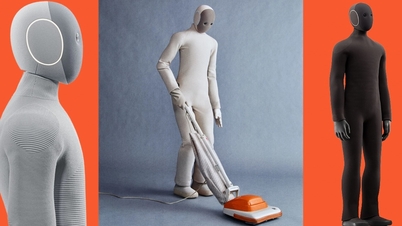

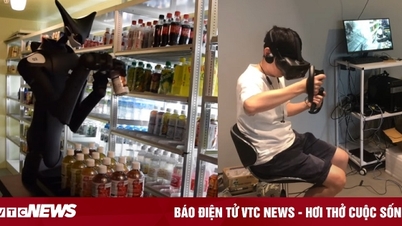

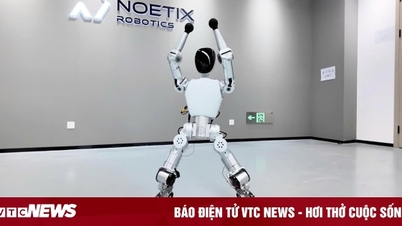
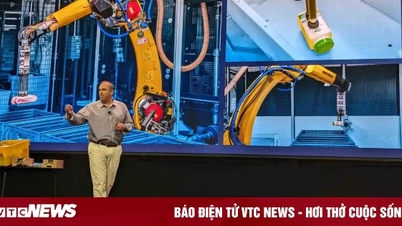




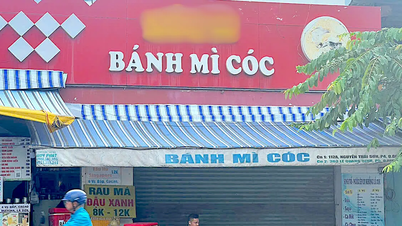


























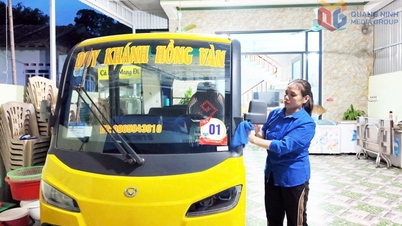







































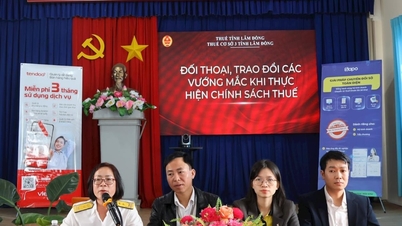









![Dong Nai OCOP transition: [Article 3] Linking tourism with OCOP product consumption](https://vphoto.vietnam.vn/thumb/402x226/vietnam/resource/IMAGE/2025/11/10/1762739199309_1324-2740-7_n-162543_981.jpeg)








Comment (0)